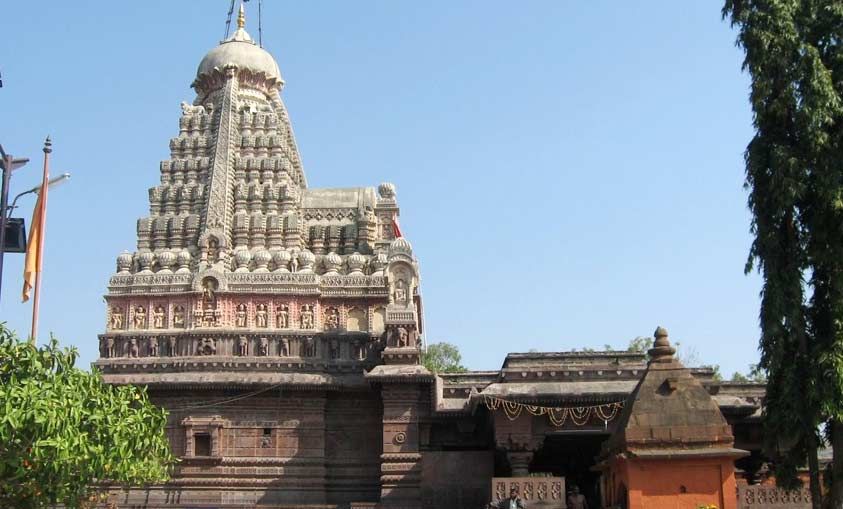Panch jyotirling
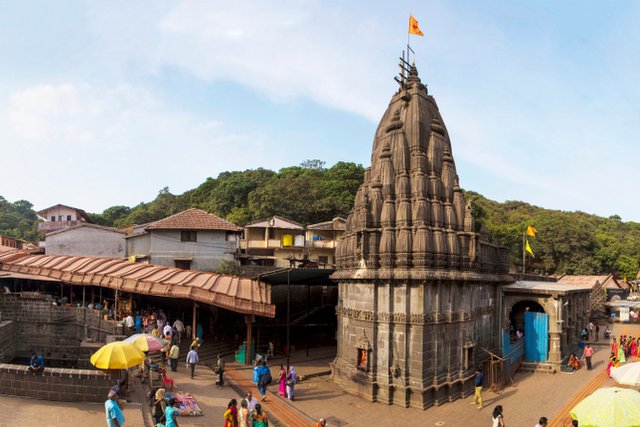
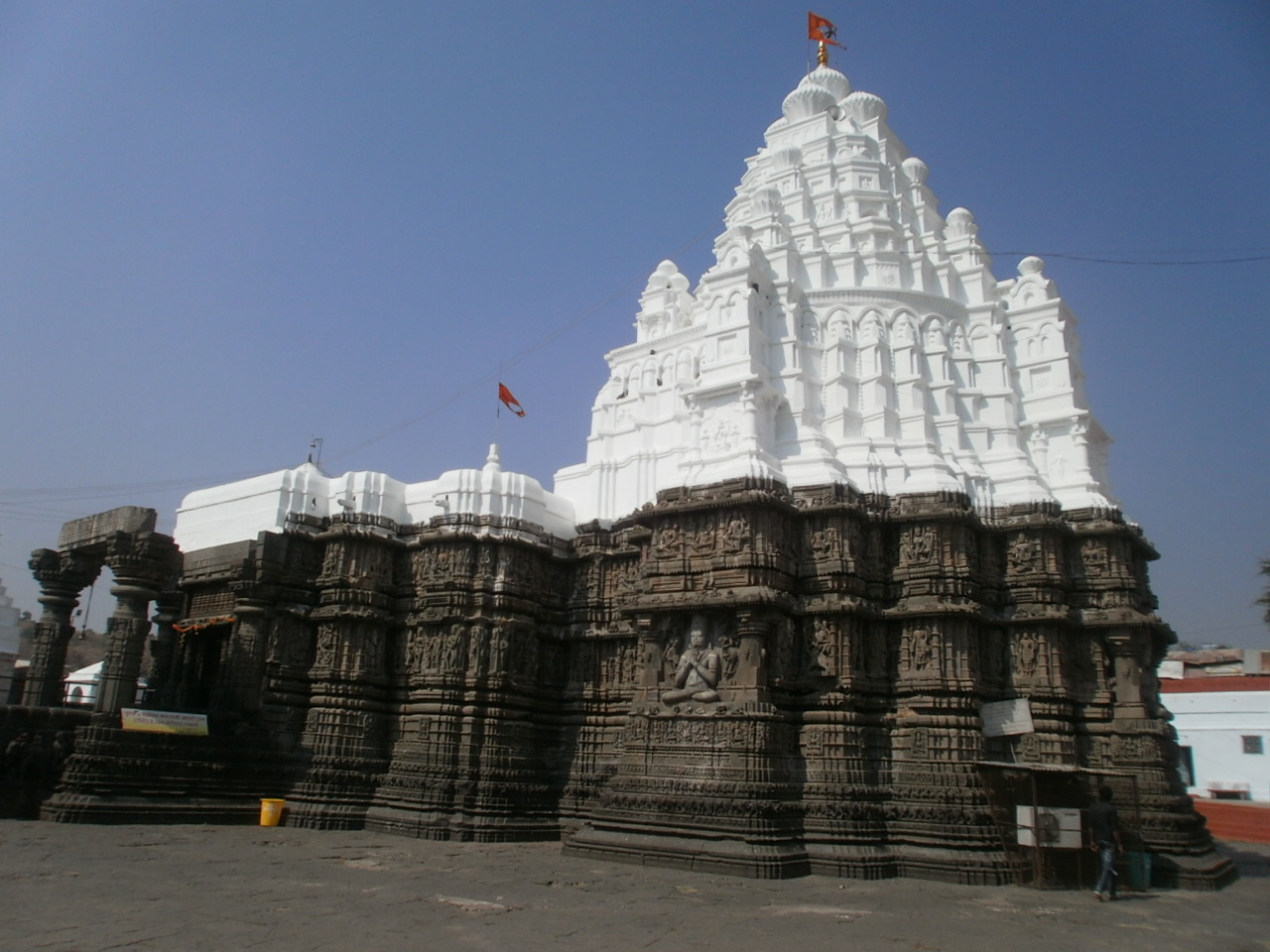
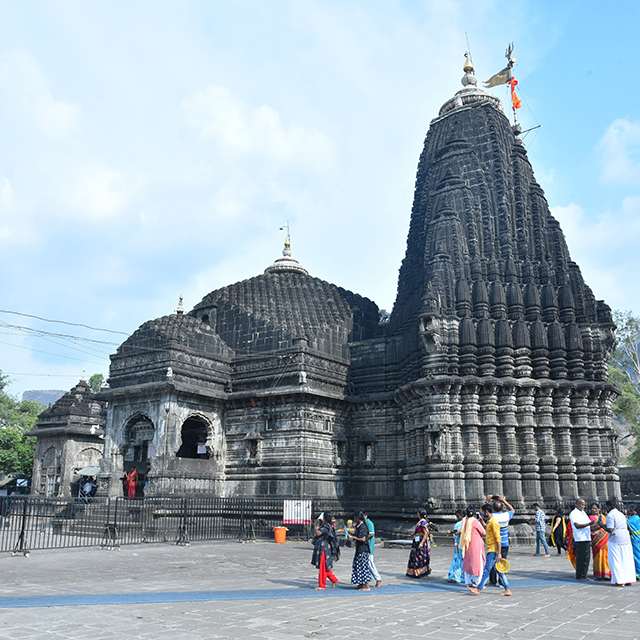
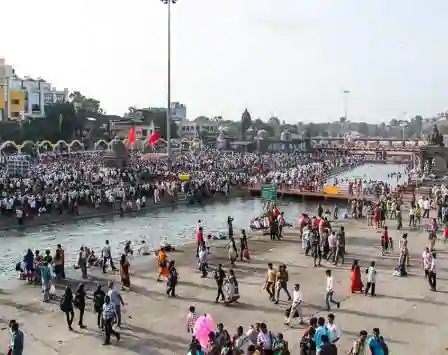
9 NIGHT 10 DAY
Day 1:Bhuj-Pune by train
Day 2:Pune arrival.Going to manchar.Check-in hotel 12:00.Lunch at 13:00.14:00 manchar to bhimashankar temple-manchar
Bhimashankar temple: The Bhimashankar Mandir (also known as Bhimashankar or Bhimashankar Jyotirlinga) is a Shiva mandir situated in its eponymous village, Bhimashankar, in Pune district of Maharashtra. It is a key pilgrimage centre and one of the 12 Jyotirlinga in the world.[1] The temple's Shiva lingam is one of the three Jyotirlinga of Maharashtra.[2] The mandir is situated on a mountain. It is 110 kilometers away from Pune. The temple's vicinity has rare plant and animal species.[1] The mandir is located in Khed taluka, in the Bhimashankar forest range.
When arrive hotel Dinner.
Day 3:Breakfast 7:00.Check-out hotel.Going to nashik.Visit Trimbakeshwer temple.
Trimbakeshwer temple: The Shri Trimbakeshwar Shiva Temple (श्री त्र्यंबकेश्वर ज्योतिर्लिंग मंदिर) is an ancient Hindu temple in the town of Trimbak, in the Trimbakeshwar tehsil in the Nashik District of Maharashtra, India, 28 km from the city of Nashik and 40 km from Nashik road.[1][2] It is dedicated to the Hindu god Shiva and is one of the twelve jyotirlingas where the Hindu genealogy registers at Trimbakeshwar, Maharashtra are kept. The origin of the sacred Godavari river is near Trimbak.
After check-in hotel Lunch.
Panchvati: Situated on the left bank of the holy Godavari river, Panchvati is a spiritually significant site for travellers. The name 'Panchavati' comes from Hindi words 'panch' meaning five and 'vati' meaning a banyan tree. In mythology, Panchvati was the place where Lord Rama, Lord Lakshman and Goddess Sita spent a few years of their 14 years of exile.
Dinner.
Day 4:Nashik-Shirdi
Saibaba: Sai Baba of Shirdi (c. 1838? – 15 October 1918),[2] also known as Shirdi Sai Baba, was an Indian spiritual master and fakir, considered to be a saint,[3] revered by both Hindu and Muslim devotees during and after his lifetime.
Lunch and Dinner at shirdi hotel.
Day 5:Breakfast 7:00.Check-out hotel.Going to shani shingnapur.
Shani shingnapur: Shingnapur is also famous for the fact that no house in the village has doors, only door frames. Despite this, officially no theft was reported in the village[4] although there were reports of theft in 2010 and 2011.
After lunch going to ghusmeswer.Check in hotel.Dinner.
ghusmeshwer: The mandir is a national protected site, one and half kilo meters away from UNESCO World Heritage Site the Ellora Caves, 30 kilometres (19 miles) far north-west of the city Sambhaji Nagar, and 300 kilometres (190 miles) east-northeast far from Mumbai.
Day 6:Breakfast.Check out from hotel.ghusmeshwer to aundha nagnath.
Aundha nagnath: Aundha Nagnath (Nageshwaram) is a Temple in Hingoli District in the state of Maharashtra, India, an important place of pilgrimage.[3][4] The present temple is said to have been built by the Seuna (Yadava) dynasty and dates to 13th century.[1] The first temple is said to be from time of the Mahabharata and is believed to have been constructed by Yudhishthira, eldest of the Pandavas, when they were expelled for 14 years from Hastinapur.[2] It has been stated that the temple building was seven-storeyed before it was sacked by Aurangzeb.
Aundha nagnath-parli vaijnath
Parli vaijnath: Vaijnath temple is one of the 12 Jyotirlinga in India and Maharashtra State Power Generation Company Limited Parli Thermal Power Station. Other major industries include Vaijnath Sugar Factory,The India Cements Ltd and Ghawalkar Engine,Transmission and Motor Repair and Overhaul Facility. The Head office of Vaidyanath Co-Operative Bank is located in Parli. One of the biggest fair in Maharashtra takes place here on Mahashivratri. Parli is the largest taluka place in Marathwada region of Maharashtra.
Check-in hotel.Dinner.
Day 7:Brealfast 7:00.Visit parli temple.Check out hotel.Visit tulja Bhavani.solapur railway station drop.
Day 8:Solapur-Mumbai by train
Day 9:Arrival Mumbai.Mumbai-bhuj by train.
Day 10:Arrival Bhuj
HAPPY JOURNEY.
